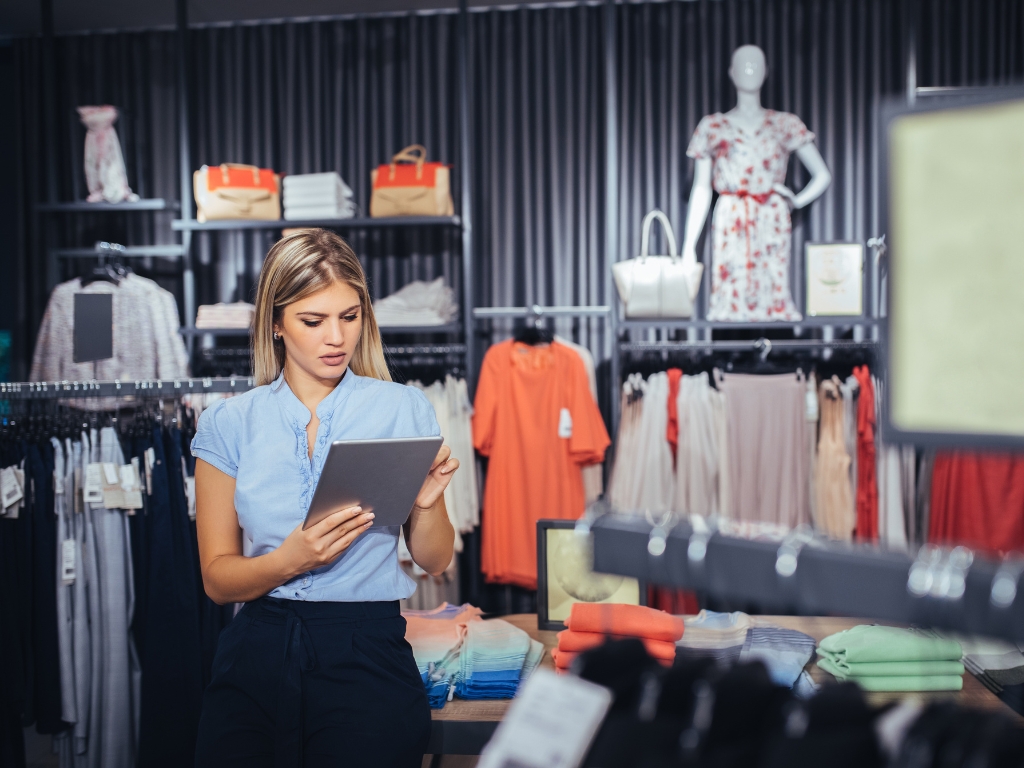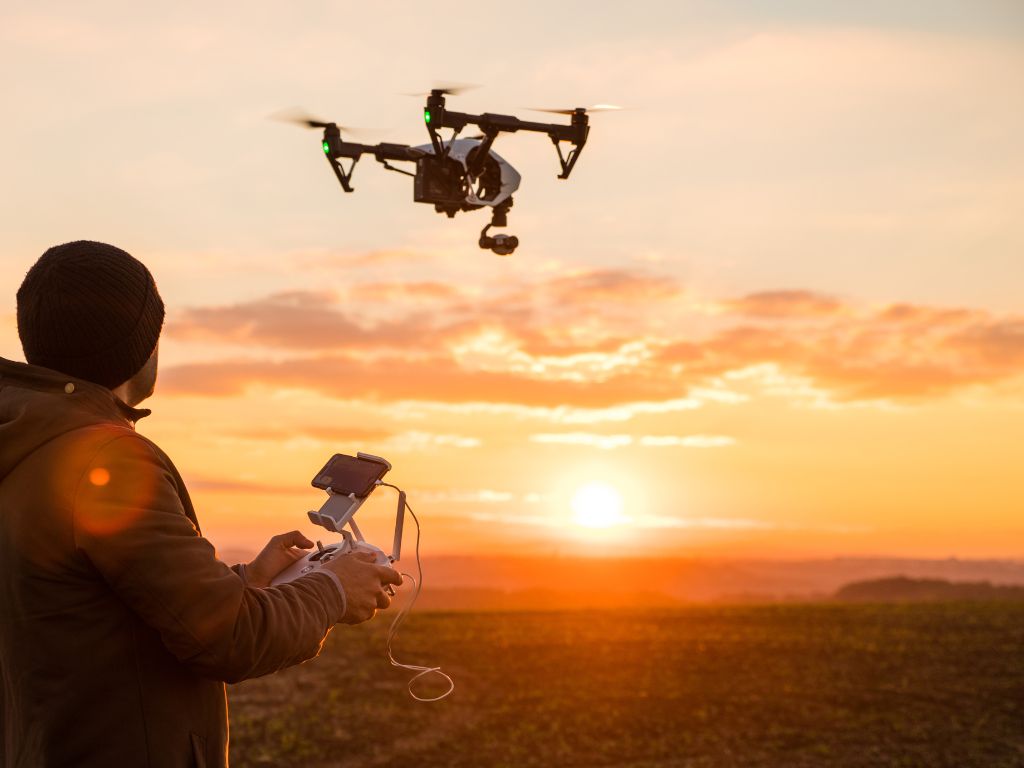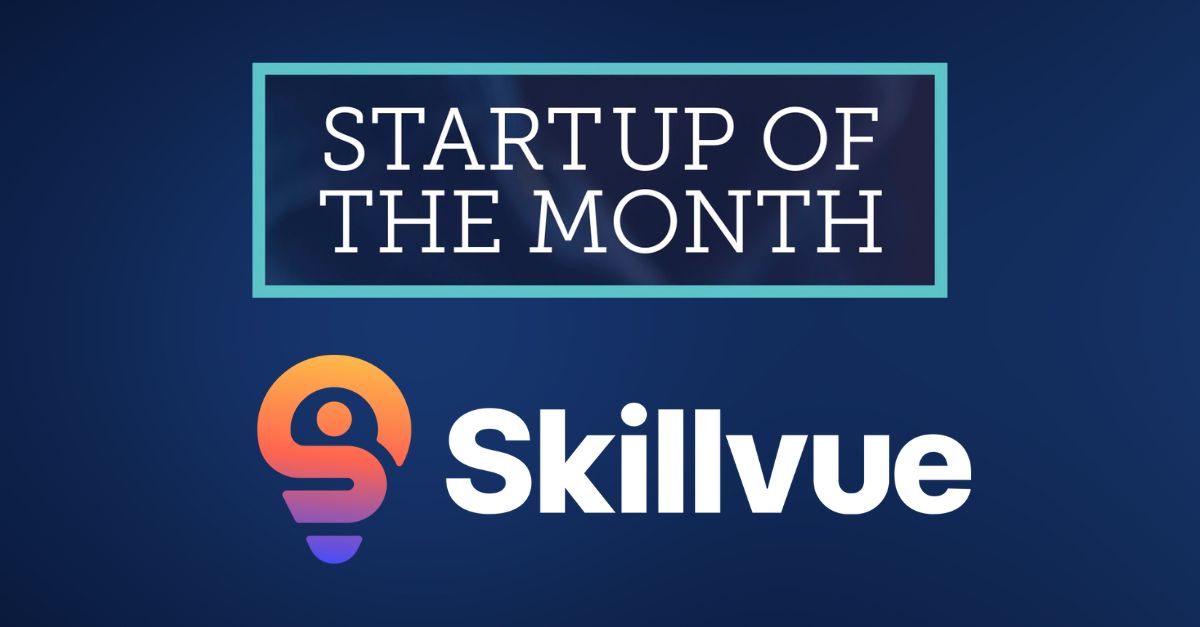How you can take advantage of new technologies and elevate your retail strategy.

The retail industry is going through consistent technological innovations, but it can be challenging to know which of these emerging solutions are right for your business to invest in.
We’ve compiled a list of some of the most promising innovations leading the charge in the retail industry – and some of the exciting ways they’re being implemented.
1: Artificial Intelligence
Artificial intelligence has taken multiple industries by storm, and retail is no exception. By including AI within your strategy, retailers can keep track of customer behaviours to provide a more personalised shopper experience. AI can take a customer’s previous behaviours and generate unique messages and offers based on predictions, targeting consumers through various channels.
Businesses are also beginning to use generative AI to create more efficient store layouts. By utilising data from customer analytics, demand forecasting and shelving options, planograms can be generated automatically, with a layout that matches consumer demand.
2: Augmented reality shopping experiences
Augmented reality (AR) technologies are making the shopping experience easier for online consumers. AR is allowing customers to virtually ‘try on’ products from the comfort of their own homes – a powerful tool for retailers without physical storefronts. This technology can also be applied to home goods – allowing customers to see what furniture will look like within their living spaces.
AR can also be used effectively in-store, to enhance the unique product experience. Customers can scan a barcode or activate an AR display to learn about that product’s specific features and benefits, giving it a competitive edge and creating an experience consumers will actively seek out.

3: Voice assistant technology
Voice ordering has been widely used for some time – notably with Amazon Alexa’s voice purchasing capability. However, as these assistants build on advanced conversation AI, the nuances of customer purchases will grow, and it will become easier for consumers to purchase products without a screen.
This technology is also being celebrated for its in-store capabilities with the growing use of smart mirrors. Using a combination of voice assistants and AR, customers simply give commands to the smart mirror and a virtual fitting room experience is generated from that prompt.
4: Omnichannel retail experiences
An omnichannel retail strategy gives businesses the opportunity to engage with customers through many physical and virtual touchpoints, increasing the likelihood of purchase. By combining these experiences, omnichannel approaches meet customers’ demand for flexibility while providing them with a harmonious shopping experience.
For businesses with physical stores, offering click-and-collect options is an effective way to combine the physical and the virtual experience of shopping, affording the customer speed and convenience. A customer is also more likely to spend money at a particular shop if payment flexibility is offered. If your business allows customers to pay in installments, offers virtual payment options like Google Pay or Apple Pay or lets customers buy now and pay later – friction is less likely at the point of sale and customers are more likely to return, thanks to the convenience of flexibility.
5: Indoor navigation solutions
For larger stores, indoor navigation can be a hugely beneficial tool for customers, making it easier for them to find what they’re looking for. While implementing this technology can be challenging, once the infrastructure is set up it can make significant improvements to your in-store experience.
Target is a notable example of a business with this technology in use. By using Bluetooth chips embedded in LED ceiling lights, Target can send signals to users’ phones. If they have the Target app installed, customers can access a map that will help them find their position in the store and locate the items they need.
To stay ahead of the latest innovation strategies, make sure you’re following us on LinkedIn!
Source: MobiDev







